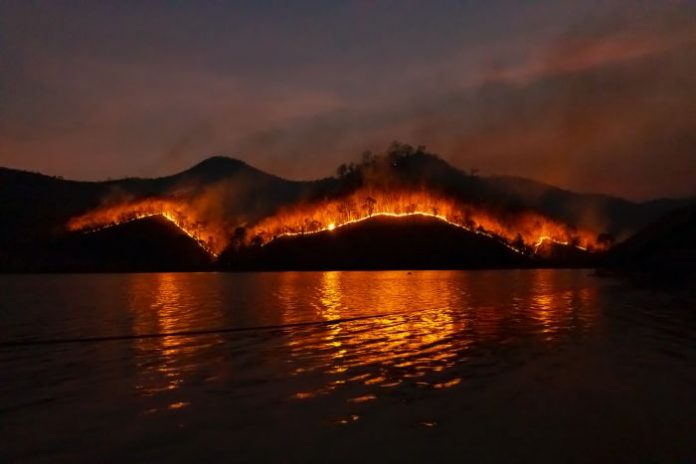
From California to Greece, from South America to Siberia, from Egypt to Sicily, from Turkey to Calabria and Sardinia, fires are marking this summer 2021. Ironically, these phenomena are occurring just as the most worrying of the six reports of the Intergovernmental Panel on Climate Change (IPCC) is being published. It openly speaks of an “irreversible” climate crisis with “devastating” consequences, characterised by an increase in the frequency and intensity of extreme weather phenomena: heat waves, cold, rain, drought, snow, wind, floods and more.
Diego Florian, Director of the Forest Stewardship Council (FSC) Italy, comments: “We really can no longer afford to act only in emergencies, and on fires, in particular, we must take all the necessary action to safeguard the universal heritage of woods and forests”. FSC, an NGO that has been promoting sustainable forest management in Italy for 20 years, therefore calls for measures to increase the resilience of forests: “The better the forest heritage and the territory are managed,” explains Florian, “the more we can contain fires, with a view to adaptation: in addition to prevention, we must therefore create and enhance forests that can adapt to the radical changes taking place.
For FSC, there is a paradox: the numbers show that fires around the world are generally decreasing year on year, but the climate crisis is increasing their extent and unpredictability. Fire activity is increasing in some regions, but if we look at the total area burned globally, there is still no overall increase.
Every year, in fact, an average of 400 million hectares in the world are affected by fires (480,000 in Italy alone, according to a Greenpeace study a year ago): 10% of these are forests. “There are three elements that trigger fires: fuel, i.e. wood, dry grass or bushes; air, which provides oxygen to the flame and which can carry sparks for several kilometres; and the source of heat, such as lightning, unattended fires, unlit cigarette butts or arson. Containing the flames therefore requires firebreaks, controlled fires, innovative technologies such as heat sensors, but also the cleaning and removal of dry material and the training of intervention teams,” adds Florian, who also explains how between 1979 and 2013 the duration of the global fire season increased by an average of 19%: an expansion that can be attributed to the negative influence of the climate crisis (WWF data from 2020).
As a result of the climate crisis, the fire season comes earlier and lasts longer, leaving less time for vegetation to recover and less time for communities to manage the emergency. Rising global temperatures and more frequent droughts are also causing a drop in soil moisture, leaving room for fires to burn deeper and cause more damage. These impacts in turn feed a vicious cycle: as forests burn, they emit large amounts of carbon dioxide, the main contributor to global warming.
Florian concludes: “What will increasingly make a difference is helping forests and communities to adapt and change, but not to eliminate risk: to integrate it. Forest fires have always existed, and entire natural ecosystems depend on these dynamics: it’s up to us to create the conditions for resilient territories in the face of major emergencies through forest management and the associated bio-economy.



































